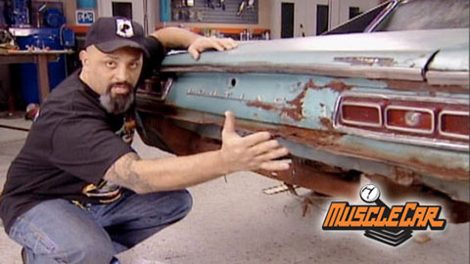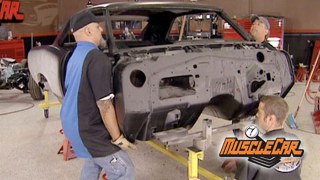
Superbird, EPA Turn Coat
Watch automotive history unfold as Lou discovers a lost Plymouth Superbird built by the legendary NASCAR builder Ray Nichels! Designed for the Environmental Protection Agency, this Superbird chased commercial jets down the tarmac for emissions testing and was responsible for proving that leaded gas was harmful to the environment.
Season 2
Episode 11












